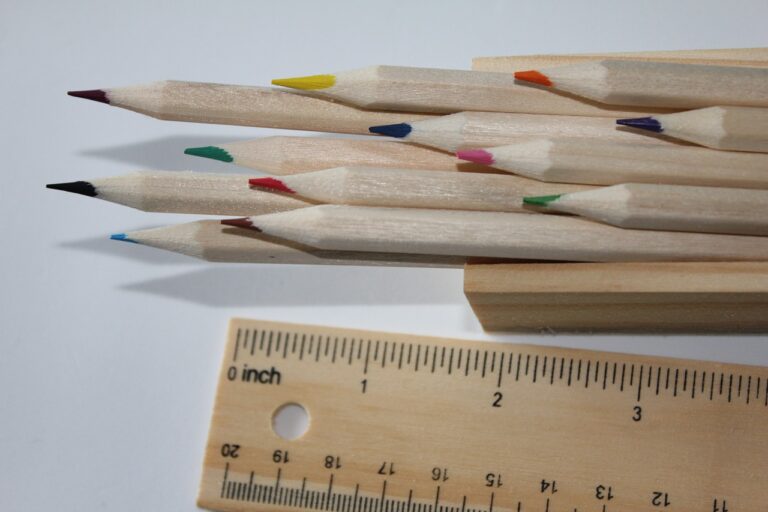Supporting Student Engagement Through Game-Based Learning
Incorporating game-based learning in the classroom has been shown to increase student engagement and motivation. By using interactive and immersive games, students are more likely to stay focused and participate actively in their own learning process. This hands-on approach not only makes learning more enjoyable for students but also helps them retain information better.
Moreover, game-based learning allows for personalized learning experiences as students can progress at their own pace. This individualized approach helps meet the diverse learning needs of students in the classroom, ensuring that each student receives the necessary support and challenges to excel. Additionally, games provide immediate feedback, allowing students to track their progress and make adjustments to improve their understanding of the subject matter.
Examples of Successful Game-Based Learning Implementations
Game-based learning has been increasingly implemented in classrooms worldwide, offering a dynamic and engaging alternative to traditional teaching methods. One notable success story is the use of educational games to teach math concepts to elementary school students. By incorporating visually stimulating games that require problem-solving skills and critical thinking, teachers have observed a significant improvement in their students’ understanding and retention of mathematical principles.
Another inspiring example of game-based learning in action is the integration of virtual reality simulations in history classes. Students are transported back in time through immersive experiences that allow them to interact with historical events and figures firsthand. This hands-on approach not only fosters a deeper appreciation for the subject matter but also enhances students’ ability to make connections between past events and current societal issues.
What are some benefits of incorporating game-based learning in the classroom?
Game-based learning can increase student engagement, motivation, and collaboration. It helps improve critical thinking and problem-solving skills while making learning fun and interactive.
Can you provide some examples of successful game-based learning implementations?
Some successful examples include Kahoot, Minecraft Education Edition, and Prodigy Math Game. These platforms have been widely used in classrooms to enhance learning outcomes.
How can teachers effectively integrate game-based learning into their curriculum?
Teachers can start by identifying learning objectives and selecting appropriate games that align with those objectives. They can then create game-based activities that encourage student participation and reflection on their learning.
Are there any challenges associated with implementing game-based learning in the classroom?
Some challenges include the need for training and support for teachers, ensuring access to technology for all students, and maintaining a balance between game-based activities and traditional instruction methods.
How can educators assess the effectiveness of game-based learning in the classroom?
Educators can assess the effectiveness of game-based learning by monitoring student engagement, participation, and learning outcomes. They can also collect feedback from students to gauge their satisfaction with the game-based activities.





